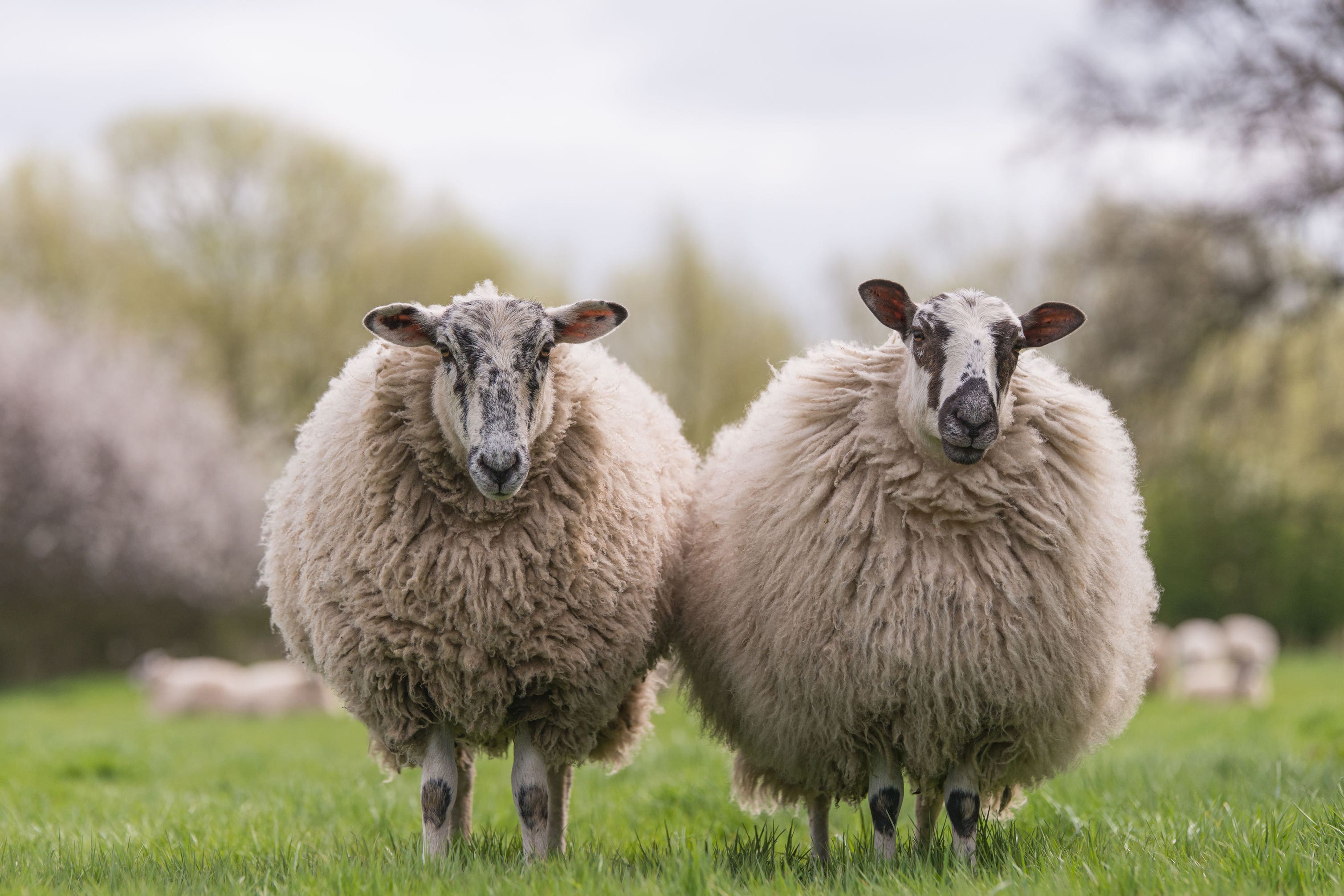How effective is wool in the garden?
It’s sustainable, biodegradable and offers a range of benefits – but not everyone’s sold on gardening with wool. Hannah Stephenson finds out more.

With an eye on sustainability, wool is increasingly being seen as a viable ingredient in compost, twine and matting. Even old woolly jumpers can be cut up to make linings for hanging baskets, given the fact they can hold soil and retain water.
“Wool is cyclical, just like the gardening year, grows annually and has to be clipped. We grow wool well in the UK and we happen to be a nation of gardeners,” says Kim Stead, founder of twool (twool.co.uk), which makes twine using wool from its local Whiteface Dartmoor sheep, supporting British farming, with every manufacturing process carried out in Britain.
“Wool is sustainable, long lasting, strong and biodegradable. It also releases nitrogen as it biodegrades,” Stead adds.
Meanwhile, Dalefoot (dalefootcomposts.co.uk), a Lake District sheep farm, produces peat-free wool-based composts, blending Herdwick sheep’s wool into all its wool composts for improved water retention and slow-release nitrogen. Potash-rich bracken forms the base for its composts. Comfrey is also added to the mix.
So, how can wool be used in the garden, and what else do you need to know?
Wool compost
Due to wool’s capacity to retain water, gardeners would not need to water their beds and containers as much if using wool-based compost, says Pauline Lewington, Dalefoot sales manager.
Environmental benefit
“Wool is a natural product and a very valuable product, but unfortunately is not valued by the industry at the moment in the UK,” says Lewington.
Caroline Williamson, Outer Walled Garden team leader at RHS Garden Bridgewater (rhs.org.uk), says: “I’m a big fan of using wool in the garden and think it’s an underused, sustainable resource sitting on our doorstep.
“During Covid, sheep fleeces were burnt by the thousand in the UK, because the carpet and wool factories shut down, yet it’s a great slow-release fertiliser and water retaining medium – perfect for using in peat-free growing media.
“We’ve bought from Dalefoot, which mixes sheep’s wool with bracken – so using two local ‘waste’ products to produce a lovely compost with nitrogen from the wool, potassium from the wool, and the bracken.
“Wool from hill sheep is worth less as a fibre, but makes better compost, because it breaks down slower. So far in the Outer Walled Garden, we’ve used their bulb compost, veg compost and tomato compost (for growing in pots), all with excellent results, and their general purpose wool compost in propagation. Though now we produce our own compost on site, we’ll use less in future.”
Daggings
“This is the mucky tail of the sheep that’s a mix of wool and dried faeces that’s cut away when [sheep are] shorn, to keep the fleece clean and flies away from the sheep in summer,” says Williamson.
“It’s free (ask in your local agricultural supplies store where to source it) and a perfect mix that can be dug in under plants that are both hungry and benefit from some water retention around the roots. I’ve used it under roses, rhubarb and fruit bushes, all of which seem to benefit.”
Insulation
Williamson adds: “Our coffee used in the Bridgewater Café comes packed in sheep’s wool, which gets thrown away. I’ve grabbed some to use as breathable insulation around the bee hives if it drops very cold.”
Reservations
Nick Hamilton – son of the late gardening icon Geoff Hamilton, who has run Barnsdale Gardens (barnsdalegardens.co.uk) in Rutland since his father’s death – has some reservations, however.
“Last year, we got some wool compost and sowed vegetable seeds in it, as well as herbs and perennials. I’ve spoken to a number of people who have good results with it, but we had appalling results. I found in the nursery with perennial seedlings that it dried out really quickly.
“If it dries out, it ‘caps’ [develops a crusty surface] quite readily on the top and the seedlings struggle to push through that.”
People who switch to wool-based compost will find their watering regime different and must be careful not to over-water, Dalefoot advises. The key is to put your fingertip in the compost, to ascertain if it is still moist underneath.
Better for cuttings
“I’ve also used it for penstemon cuttings a few months ago, and it was fine for that. They rooted really well, but were in a ‘mist’ situation, where the leaves are misted regularly, which keeps the compost a little bit damp,” says Hamilton.
Wool string
“I’ve used wool string supplied by a local lady and have found that tying plants such as roses to a wall, where it’s protected by the eaves, the string seems to last longer,” Hamilton observes. “Whereas if it was tied to a pergola which was completely open, it was fluffing up quite quickly when it got wet, and snapping more readily.”
As a mulch
Wool mats are widely available to lay on top of beds to suppress weeds and conserve moisture. Wool can also retain more heat during cold winters, keeping roots warmer. Sheep’s wool garden felt, which is textured, is also believed to act as a preventative barrier to slugs and snails.
Subscribe to Independent Premium to bookmark this article
Want to bookmark your favourite articles and stories to read or reference later? Start your Independent Premium subscription today.
